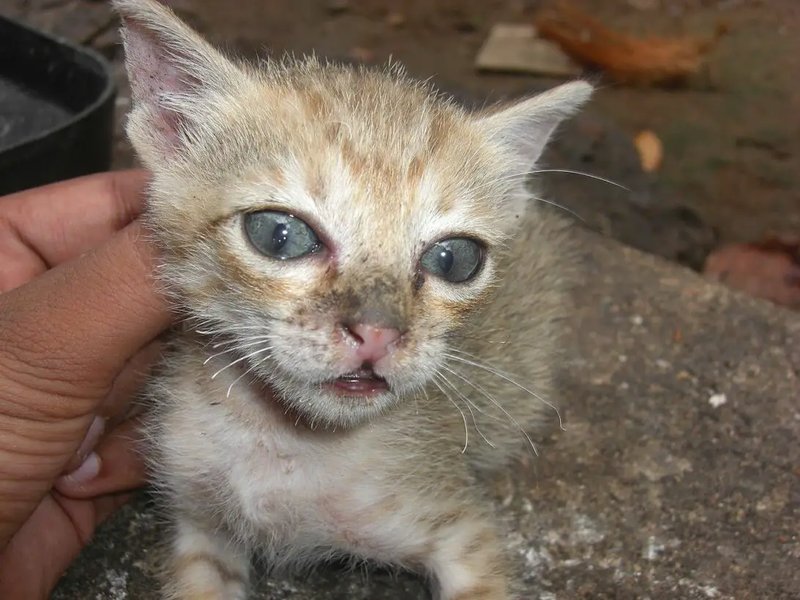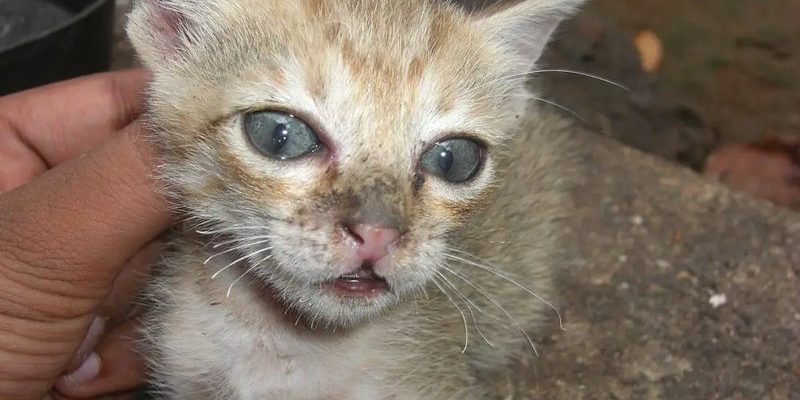
Think of the wolf worm like a sneaky thief that’s always on the lookout for an easy target. Small mammals are often unaware of the risks lurking nearby, like a child blissfully playing near an open window—danger can be just outside. In this article, we’ll explore various reasons that make small mammals such easy prey for wolf worms, from their physical attributes to their living environments. Knowing how these factors intertwine helps us appreciate the delicate balance of nature and the challenges faced by these small creatures.
Understanding Wolf Worms: What Are They?
Wolf worms, scientifically known as *Cuterebra*, are fascinating yet frightening parasites. These larvae develop in the bodies of small animals, feeding on their tissues as they grow. To put it simply, they enter small mammals through natural openings or wounds and settle in the body, where they can cause harm. Imagine having an uninvited guest who doesn’t just crash at your place but decides to take over your food and space—yikes!
These parasites are not just random. They tend to target specific small mammals, such as rodents and rabbits. They wait for their opportunity, often lying in wait in the environment until a suitable host comes along. Their lifecycle, which includes growing inside the host, makes them especially dangerous, as small mammals are often unaware of the impending threat until it’s too late.
Physical Size and Vulnerability
One major factor that makes small mammals vulnerable to wolf worms is their size. These little creatures often weigh only a few ounces, making them easy targets. Think of how a tiny cupcake might be more appealing at a party than a hefty fruitcake—the smaller option just looks more tempting!
Their small size leads to a few challenges. First, smaller mammals have fewer defenses against parasites. Bigger animals often have thicker skin and a stronger immune system, helping to fend off invaders. But for small mammals, their fragility means that even a small intrusion can have severe consequences. Once a wolf worm gets inside, it has the upper hand, causing physical damage to the host.
Behavioral Traits
Beyond just size, the behavior of small mammals can also contribute to their vulnerability. Many of these creatures are naturally curious and tend to explore their surroundings. This curiosity can sometimes lead them to places where they’re more likely to encounter wolf worms. Imagine a child wandering into the woods, drawn in by the excitement of discovery, only to end up in a risky situation.
Additionally, small mammals often live in environments that are rich with vegetation and moisture. This habitat is perfect for wolf worms, which thrive in such places. As these animals move around, they can inadvertently come into contact with the eggs or larvae of these parasites, increasing their chances of infection significantly.
Environmental Factors: Habitat and Exposure
The habitats where small mammals live can also play a significant role in their vulnerability to wolf worms. Forests, fields, and even urban areas can be breeding grounds for these parasites. The mix of small mammals and a healthy wolf worm population creates a perfect storm.
In more natural settings, wolf worms can be found in areas where they have easy access to potential hosts. For example, grassy fields are an ideal environment. Small mammals, naturally drawn to these areas for food, inadvertently expose themselves. The chance of interaction increases as they scurry around, nibbling on grass or hiding from predators. Think of it as a buffet for the wolf worms, with small mammals unwittingly serving themselves up.
Reproductive Strategies of Wolf Worms
Wolf worms have some pretty crafty reproductive strategies that make them even more of a threat. Female wolf worms lay their eggs close to the burrows, nests, or trails of small mammals. When these mammals brush against the eggs or larvae, they unwittingly become hosts for the parasites. This process is like leaving delicious snacks in front of a child, knowing they won’t be able to resist!
Once inside a small mammal, wolf worms can grow quite rapidly. They might not have a complex life cycle, but they make up for it with efficiency. Rapid growth allows them to consume more tissue quickly, leading to health complications for their hosts and making it harder for small mammals to survive.
The Role of Climate Change
Climate change is another factor that’s affecting small mammals’ vulnerability to wolf worms. Shifting temperatures and changing weather patterns can create a more suitable habitat for wolf worms to thrive. For example, milder winters can lead to longer active periods for these parasites.
As small mammals adapt to these changes, they might find themselves in warmer areas where wolf worms are prevalent. Think of it like a game of musical chairs—when the music stops, some animals might be left without a place to hide from these unwelcome guests!
So, what makes small mammals vulnerable to wolf worms? It boils down to a combination of their size, behaviors, habitats, and the clever reproductive strategies of the parasites. By understanding these factors, we can better appreciate the challenges these adorable creatures face every day.
Perhaps it’s time to think more about how climate change impacts wildlife and how we can help create safer environments for small mammals. After all, even the tiniest of creatures play a vital role in our ecosystems. By learning about their vulnerabilities, we take a step toward protecting them—and that’s something we can all get behind.

